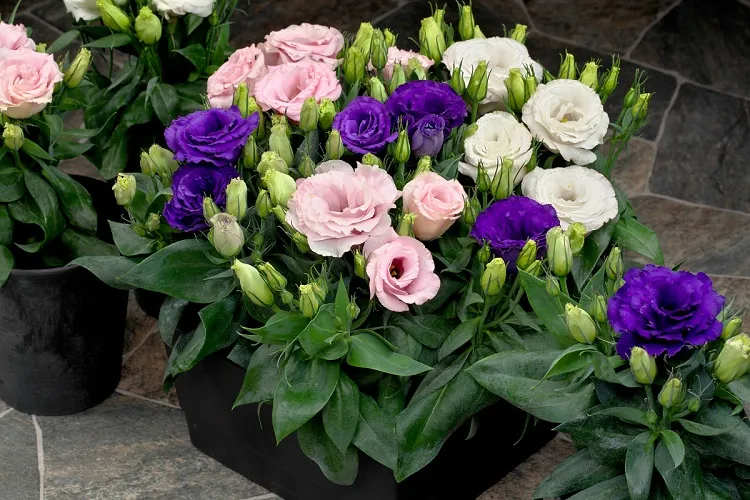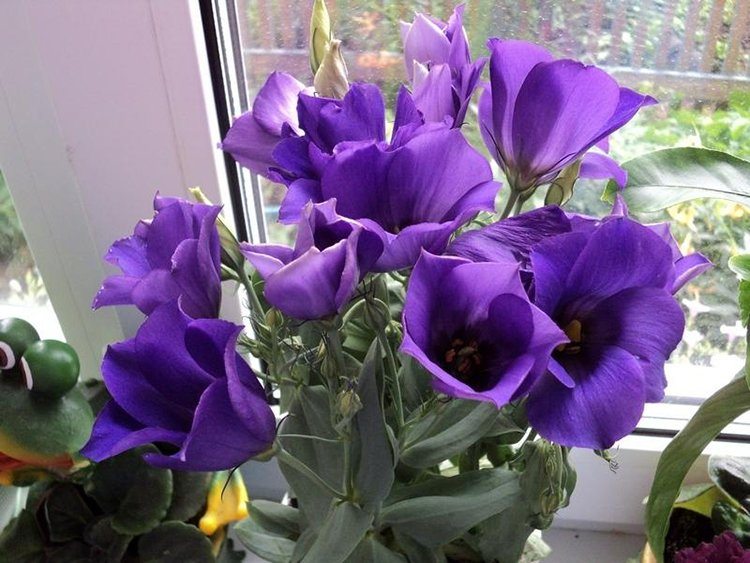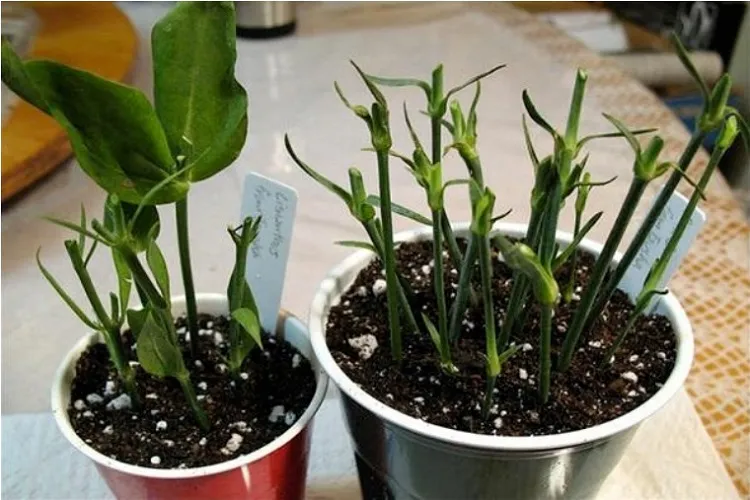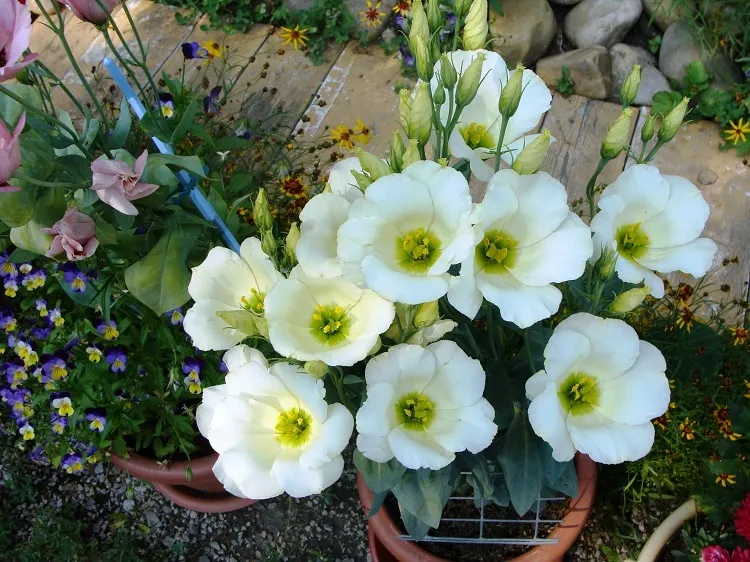Lisianthus wasn’t that popular until now, but since it appeared in flower shops, and even in supermarkets, everyone is curious to get one. And this is quite understandable, because this plant has extremely delicate and very impressive flowers. In order to keep them longer and admire their beauty for more than one season, you need to learn how to care for them. That’s what you’ll find below – a list with the most important tips how to care for potted eustoma. So keep reading to find out.
How to care for potted eustoma?
Also known as Lisianthus or Prairie Gentian, the Eustoma is an ornamental plant that can be found in pink, white or purple colors. There are also bicolor varieties. Whichever one you choose, they all need the following conditions to survive in a pot:
Light
Lisianthus thrives in bright, indirect light, but is too delicate to survive in intense heat. If this happens, the plant may reduce flowering. They should therefore not be exposed to the summer sun in July and August. In winter, you can place it near a south-facing window. During the colder months, you can provide more light.
Watering
During the growing season, water frequently, allowing the soil to dry out between waterings. Taking into account that the plant is native to Central America, where the humidity is higher, the potted Eustoma will really appreciate if you mist it regularly. However, avoid watering the leaves and flowers abundantly. Otherwise, there is a risk of contracting a fungal infection. Pour water only at the root.
⇒ If you grow Eustoma in your garden, it will adapt easier to low humidity.
Soil
There are two important things to remember when growing Eustoma in pots: first, it needs a rich, peat-based soil, and second, it needs good drainage. Poor drainage can cause their roots to rot, so be careful.
Fertilizer
Feed them with a weak liquid fertilizer throughout the growing season. Doing it twice a month is absolutely enough. In winter, reduce fertilizer to about once a month or stop using it.
Repotting and other useful tips
Most people don’t keep Lisianthus from season to season, but if you want to try, repot it in early spring when new growth emerges. If it is in a pot, Eustoma russellianum will not exceed 45 centimeters in height. If you have a garden, you can transplant it outdoors, where it will develop its roots to the maximum and reach about 60 cm in height.
Check the flower daily, and if you see any faded flowers, remove them to encourage new buds to form.
At the end of the flowering season, you will need to prune your plant down to only three internodes and 2-3 pairs of leaves remaining. The remaining branches are removed. Then let the plant rest by placing it in a cool place so it can produce buds for the following year.
If the plant grows too tall, install a support so it can have nice long stems that don’t break. See an example in the following photo.
Potted Eustoma is not blooming – What to do?
Any change in environmental conditions can interrupt the flowering of the plant. So check each element step by step Start with the soil. Is it well drained or maybe too dry? Remember that the plant needs constant conditions, do not stress it by watering it too much and then allowing it to dry out for a long time. If you are going on vacation, make sure that the plant will get enough water while you are not at home. It may also be necessary to check the pH of the soil. Lisianthus prefers slightly acidic to neutral soil (pH 6.5 to 7.0).
The ideal temperature for this beautiful flowering plant is around 20-24 degrees. If the temperature is 27-30 degrees, then in the first year the ovaries will be engaged in the accumulation of useful components and will bloom only in the next year.




